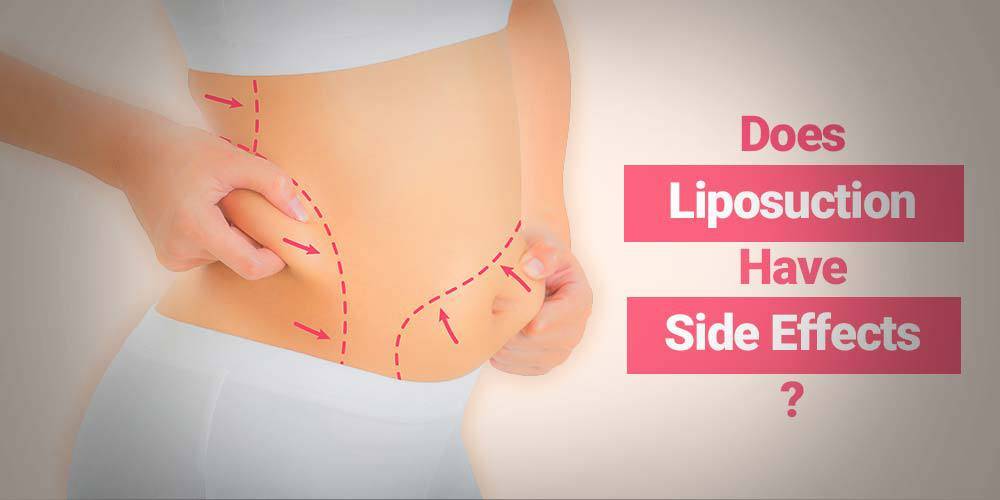Liposuction, also known as lipoplasty or simply "lipo," is a popular cosmetic surgical procedure aimed at removing excess fat from various body areas. While it can provide satisfactory results for many individuals seeking body contouring, it's essential to recognize that liposuction, like any surgical procedure, carries certain risks and potential side effects. This article presents a comprehensive review of the side effects associated with liposuction to help readers make informed decisions about their cosmetic goals.
Bruising and Swelling Following liposuction, bruising and swelling are normal side effects. These typically subside within a few weeks, but the severity may vary depending on the extent of the procedure and individual healing capabilities.
1.2. Pain and Discomfort Pain and discomfort are expected after liposuction. The surgeon will prescribe pain medications to manage any post-operative discomfort, which will generally improve with time.
1.3. Numbness and Sensation Changes Many patients experience temporary numbness or altered sensations in the treated areas. These sensations often resolve within several weeks to months, but some individuals may experience prolonged or permanent changes.
1.4. Scarring Although liposuction involves tiny incisions, scarring is still a possibility. However, skilled surgeons utilize strategic incision placements to minimize visible scarring, and scars typically fade over time.
- Less Common Side Effects
2.1. Infection Though rare, infection is a possible complication after liposuction. Strict adherence to post-operative care instructions and sterile procedures during surgery can significantly reduce this risk.
2.2. Contour Irregularities In some cases, liposuction may result in contour irregularities, leading to uneven skin surfaces. This is more common in cases where excessive fat is removed or in patients with poor skin elasticity.
2.3. Seroma Formation A seroma is a collection of fluid that can develop under the skin after liposuction. While it is a relatively rare occurrence, its presence may require drainage to promote proper healing.
2.4. Hematoma A hematoma is a collection of blood under the skin that can form during or after the procedure. It may require drainage if it becomes problematic or affects healing.
- Serious Complications
3.1. Fat Embolism Although extremely rare, a fat embolism occurs when fat particles enter the bloodstream and block blood vessels. This can lead to severe health complications, including respiratory distress and even death. Prompt medical attention is crucial if this complication is suspected.
3.2. Organ Perforation In some cases, liposuction instruments may inadvertently puncture or damage internal organs. This is a serious complication that requires immediate surgical intervention
Liposuction is generally considered a safe procedure when performed by a skilled and experienced surgeon in a suitable medical setting. However, like any surgery, it carries potential risks and side effects that individuals should be aware of before undergoing the procedure. To minimize complications, patients should carefully follow pre-operative and post-operative instructions and select a qualified surgeon. By understanding the possible side effects and taking necessary precautions, patients can make informed decisions and achieve successful outcomes from their liposuction procedure.


